 The whole eastern half of the US is getting walloped this winter with snow. Come spring, the melt-off will produce some of the best whitewater we’ve had in years. This week, I’m going to delve into my 5 favorite whitewater rafting locales in the East. You’d be wise to book one of these trips in May and June, when water levels will be highest, making these rivers especially fast. First up is the Penobscot River in Maine. The 14-mile stretch of the West Branch of the Penobscot River from Ripogenus Gorge to Baxter State Park is a turbulent waterway that drops over 70 feet per mile through a narrow, granite-walled canyon. Within moments of leaving the put-in, you’ll cruise over your first set of rapids, the Exterminator, with Baxter Mountain looming in the background. Next up is Troublemaker and then Cribworks, the most ferocious rapid of them all. Your day will swiftly become an exhilarating blur of running over these steep falls, screaming with your friends and family, as the raft bends, twists, and turns backwards with every succeeding drop. Go with a reputable outfitter like Northern Outdoors, who have been cruising down the Maine rivers since 1976.
The whole eastern half of the US is getting walloped this winter with snow. Come spring, the melt-off will produce some of the best whitewater we’ve had in years. This week, I’m going to delve into my 5 favorite whitewater rafting locales in the East. You’d be wise to book one of these trips in May and June, when water levels will be highest, making these rivers especially fast. First up is the Penobscot River in Maine. The 14-mile stretch of the West Branch of the Penobscot River from Ripogenus Gorge to Baxter State Park is a turbulent waterway that drops over 70 feet per mile through a narrow, granite-walled canyon. Within moments of leaving the put-in, you’ll cruise over your first set of rapids, the Exterminator, with Baxter Mountain looming in the background. Next up is Troublemaker and then Cribworks, the most ferocious rapid of them all. Your day will swiftly become an exhilarating blur of running over these steep falls, screaming with your friends and family, as the raft bends, twists, and turns backwards with every succeeding drop. Go with a reputable outfitter like Northern Outdoors, who have been cruising down the Maine rivers since 1976.
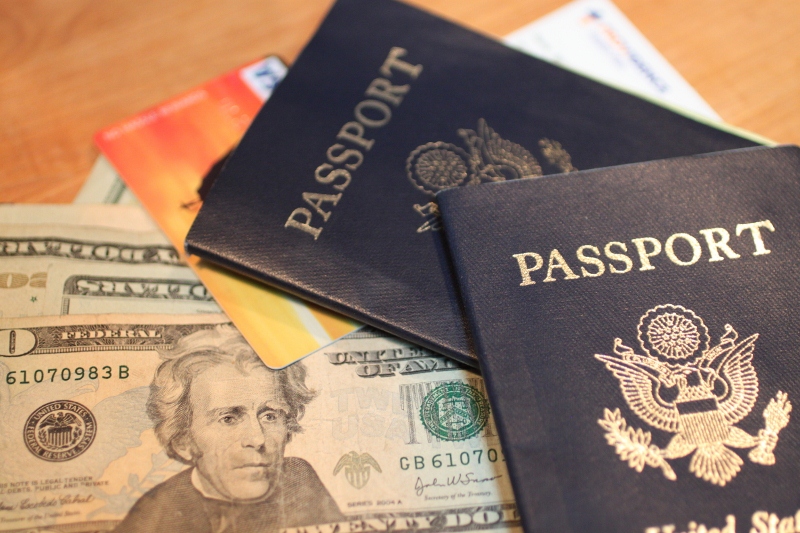 Writer Carolyn Gatto asked me and other travel experts to offer tips on keeping your cash and credit cards safe while traveling overseas. The result is her latest story for US News & World Report, “20 Ways to Keep Your Money Safe While Traveling.” The article couldn’t have come out at a better time for me, since I’ll be implementing many of these suggestions before I leave for Tanzania on Friday. You’d be wise to do the same before your next trip.
Writer Carolyn Gatto asked me and other travel experts to offer tips on keeping your cash and credit cards safe while traveling overseas. The result is her latest story for US News & World Report, “20 Ways to Keep Your Money Safe While Traveling.” The article couldn’t have come out at a better time for me, since I’ll be implementing many of these suggestions before I leave for Tanzania on Friday. You’d be wise to do the same before your next trip. 
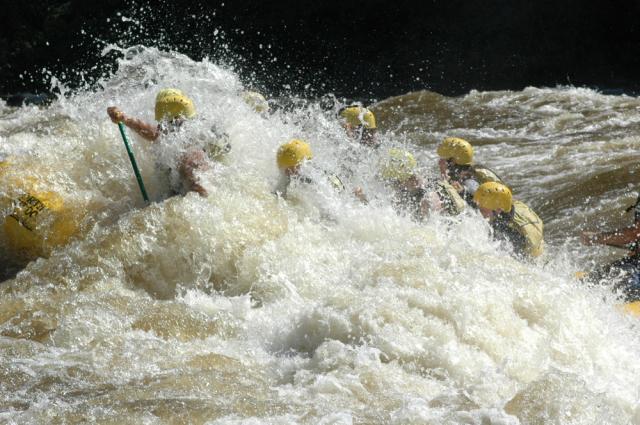 It’s a long drive on logging roads to reach the Spencer Rips put-in on the Dead River, but once there, be prepared for a glorious run on the longest stretch of continuous whitewater in New England. The river churns along 16 miles of almost nonstop Class III and IV rapids, enhanced by 8 dam releases from May through October. There are no bridges, roads, or other signs of civilization until the end—just a rip-roaring ride through big water on rapids with names like Minefield, Humpty Dumpty, and Big Poplar Falls. Sign up for one of the 8 thrilling days of rafting with reputable Maine outfitter,
It’s a long drive on logging roads to reach the Spencer Rips put-in on the Dead River, but once there, be prepared for a glorious run on the longest stretch of continuous whitewater in New England. The river churns along 16 miles of almost nonstop Class III and IV rapids, enhanced by 8 dam releases from May through October. There are no bridges, roads, or other signs of civilization until the end—just a rip-roaring ride through big water on rapids with names like Minefield, Humpty Dumpty, and Big Poplar Falls. Sign up for one of the 8 thrilling days of rafting with reputable Maine outfitter, 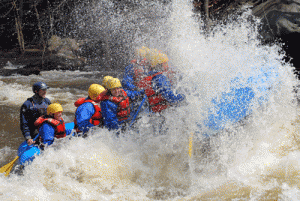 Vermont’s best whitewater run can be a zoo during the two days a year (the end of April and September) when the Army Corp of Engineers release the waters of the Ball Mountain Dam. The rest of the year, it can get a little dry, but it’s still a scenic run though the Green Mountain with far less congestion. The river used to host national kayaking championship races. The upper reaches are runnable only by experienced paddlers with solid Class III skills, yet the stream widens and slows down as you head towards the Connecticut River, allowing novice kayakers to do their thing. Good swimming holes and fishing are found at various points all along the West, including Jamaica State Park, about 2.5 miles down the river from the dam.
Vermont’s best whitewater run can be a zoo during the two days a year (the end of April and September) when the Army Corp of Engineers release the waters of the Ball Mountain Dam. The rest of the year, it can get a little dry, but it’s still a scenic run though the Green Mountain with far less congestion. The river used to host national kayaking championship races. The upper reaches are runnable only by experienced paddlers with solid Class III skills, yet the stream widens and slows down as you head towards the Connecticut River, allowing novice kayakers to do their thing. Good swimming holes and fishing are found at various points all along the West, including Jamaica State Park, about 2.5 miles down the river from the dam. 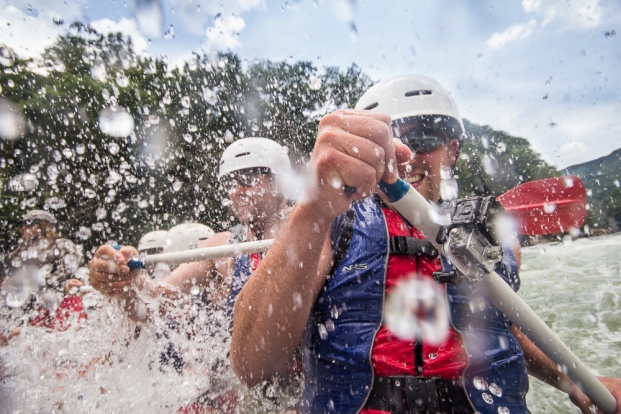 Five hours west of Washington, DC, in the heart of West Virginia, families go whitewater rafting on West Virginia’s New River. Bordered on both shores by lush oak, hickory, and black cherry trees, this Class III-IV waterway cuts through a gorge of sandstone, shale, and coal, bumping into rapids with names like Surprise and Greyhound Bus Stopper. Minimum age is 10 years old. The truly intrepid rafter should take their chances on West Virginia’s Upper Gauley. This adrenaline-pumping Class V run drops 650 feet over a twenty-seven mile course. Located in Beckley, West Virginia, on the New River Gorge,
Five hours west of Washington, DC, in the heart of West Virginia, families go whitewater rafting on West Virginia’s New River. Bordered on both shores by lush oak, hickory, and black cherry trees, this Class III-IV waterway cuts through a gorge of sandstone, shale, and coal, bumping into rapids with names like Surprise and Greyhound Bus Stopper. Minimum age is 10 years old. The truly intrepid rafter should take their chances on West Virginia’s Upper Gauley. This adrenaline-pumping Class V run drops 650 feet over a twenty-seven mile course. Located in Beckley, West Virginia, on the New River Gorge, 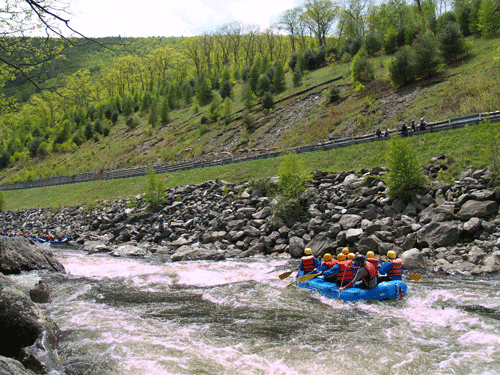 This coming spring, due to excessive snowfall these past three months, New Englanders are blessed with more water in our backyard than we’ve had in years. “This May proves to be one of our best yet,” says Bruce Lessels, co-owner of the rafting outfitter,
This coming spring, due to excessive snowfall these past three months, New Englanders are blessed with more water in our backyard than we’ve had in years. “This May proves to be one of our best yet,” says Bruce Lessels, co-owner of the rafting outfitter,  The whole eastern half of the US is getting walloped this winter with snow. Come spring, the melt-off will produce some of the best whitewater we’ve had in years. This week, I’m going to delve into my 5 favorite whitewater rafting locales in the East. You’d be wise to book one of these trips in May and June, when water levels will be highest, making these rivers especially fast. First up is the Penobscot River in Maine. The 14-mile stretch of the West Branch of the Penobscot River from Ripogenus Gorge to Baxter State Park is a turbulent waterway that drops over 70 feet per mile through a narrow, granite-walled canyon. Within moments of leaving the put-in, you’ll cruise over your first set of rapids, the Exterminator, with Baxter Mountain looming in the background. Next up is Troublemaker and then Cribworks, the most ferocious rapid of them all. Your day will swiftly become an exhilarating blur of running over these steep falls, screaming with your friends and family, as the raft bends, twists, and turns backwards with every succeeding drop. Go with a reputable outfitter like
The whole eastern half of the US is getting walloped this winter with snow. Come spring, the melt-off will produce some of the best whitewater we’ve had in years. This week, I’m going to delve into my 5 favorite whitewater rafting locales in the East. You’d be wise to book one of these trips in May and June, when water levels will be highest, making these rivers especially fast. First up is the Penobscot River in Maine. The 14-mile stretch of the West Branch of the Penobscot River from Ripogenus Gorge to Baxter State Park is a turbulent waterway that drops over 70 feet per mile through a narrow, granite-walled canyon. Within moments of leaving the put-in, you’ll cruise over your first set of rapids, the Exterminator, with Baxter Mountain looming in the background. Next up is Troublemaker and then Cribworks, the most ferocious rapid of them all. Your day will swiftly become an exhilarating blur of running over these steep falls, screaming with your friends and family, as the raft bends, twists, and turns backwards with every succeeding drop. Go with a reputable outfitter like 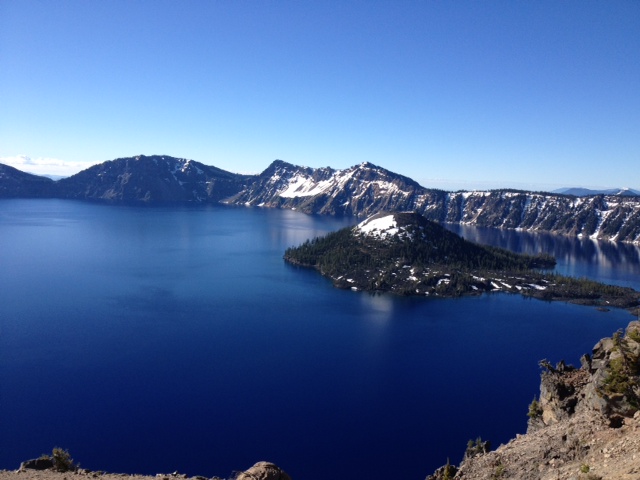 In case you missed it, President Obama announced last week that all fourth graders and their families will receive free admission to national parks and other federal lands for a full year. The
In case you missed it, President Obama announced last week that all fourth graders and their families will receive free admission to national parks and other federal lands for a full year. The 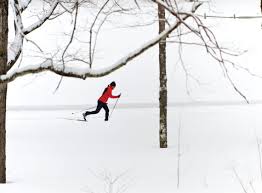 The same deluge of snow that hit Boston this winter, now topping 100 inches thanks to Tuesday night’s dusting, has also arrived at Vermont’s doorstep.
The same deluge of snow that hit Boston this winter, now topping 100 inches thanks to Tuesday night’s dusting, has also arrived at Vermont’s doorstep.  A word of advice. When going on a college road trip in February, focus on schools in the South. We spent last week with our daughter, Melanie, visiting six colleges in the Mid-Atlantic States and New York. At Penn State, the temperature was 8 degrees with a wind chill of -15. I thought my face was going to get frostbite at one point. But we made the most of the week, stopping at wonderful sights along the way like
A word of advice. When going on a college road trip in February, focus on schools in the South. We spent last week with our daughter, Melanie, visiting six colleges in the Mid-Atlantic States and New York. At Penn State, the temperature was 8 degrees with a wind chill of -15. I thought my face was going to get frostbite at one point. But we made the most of the week, stopping at wonderful sights along the way like